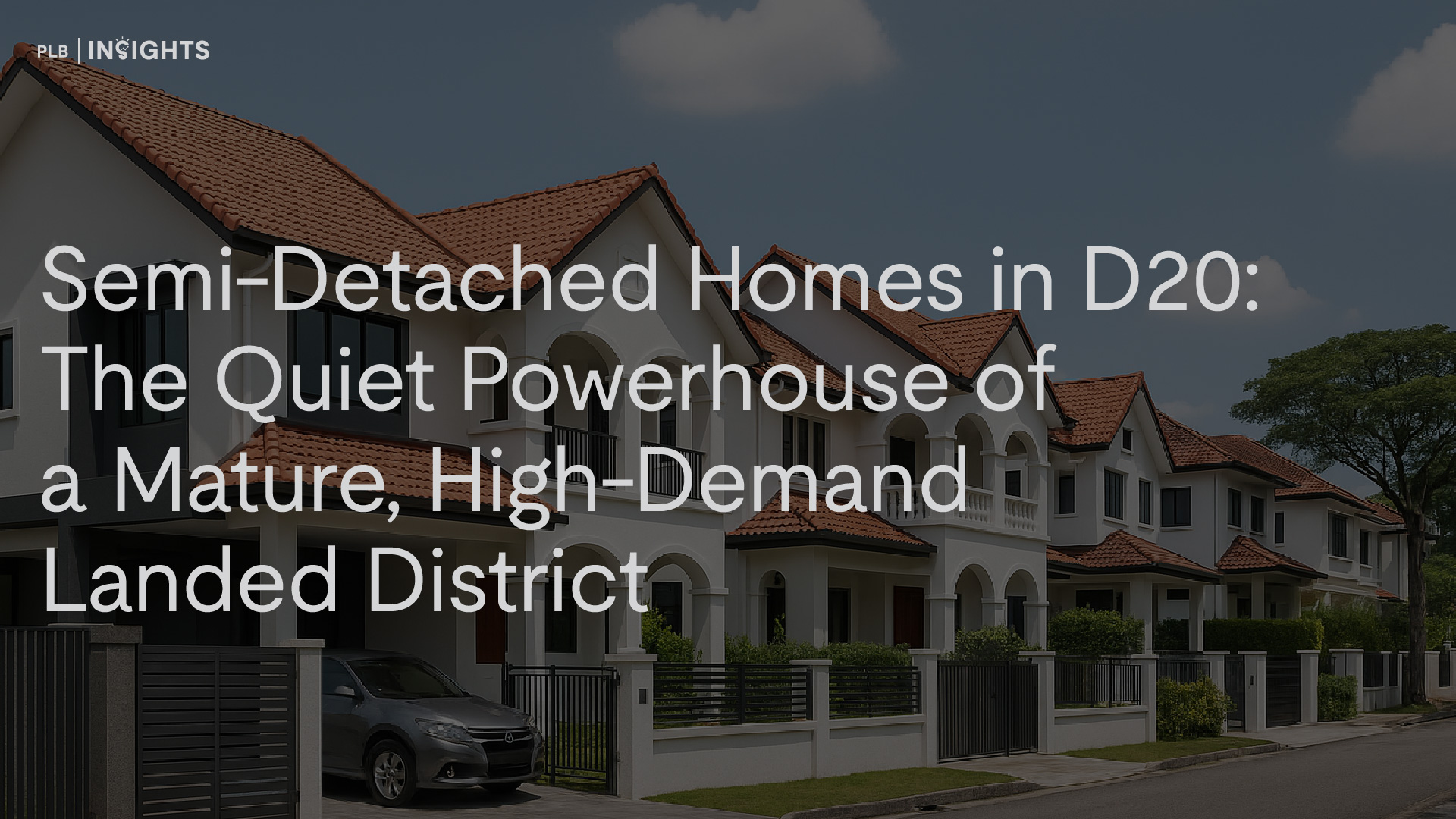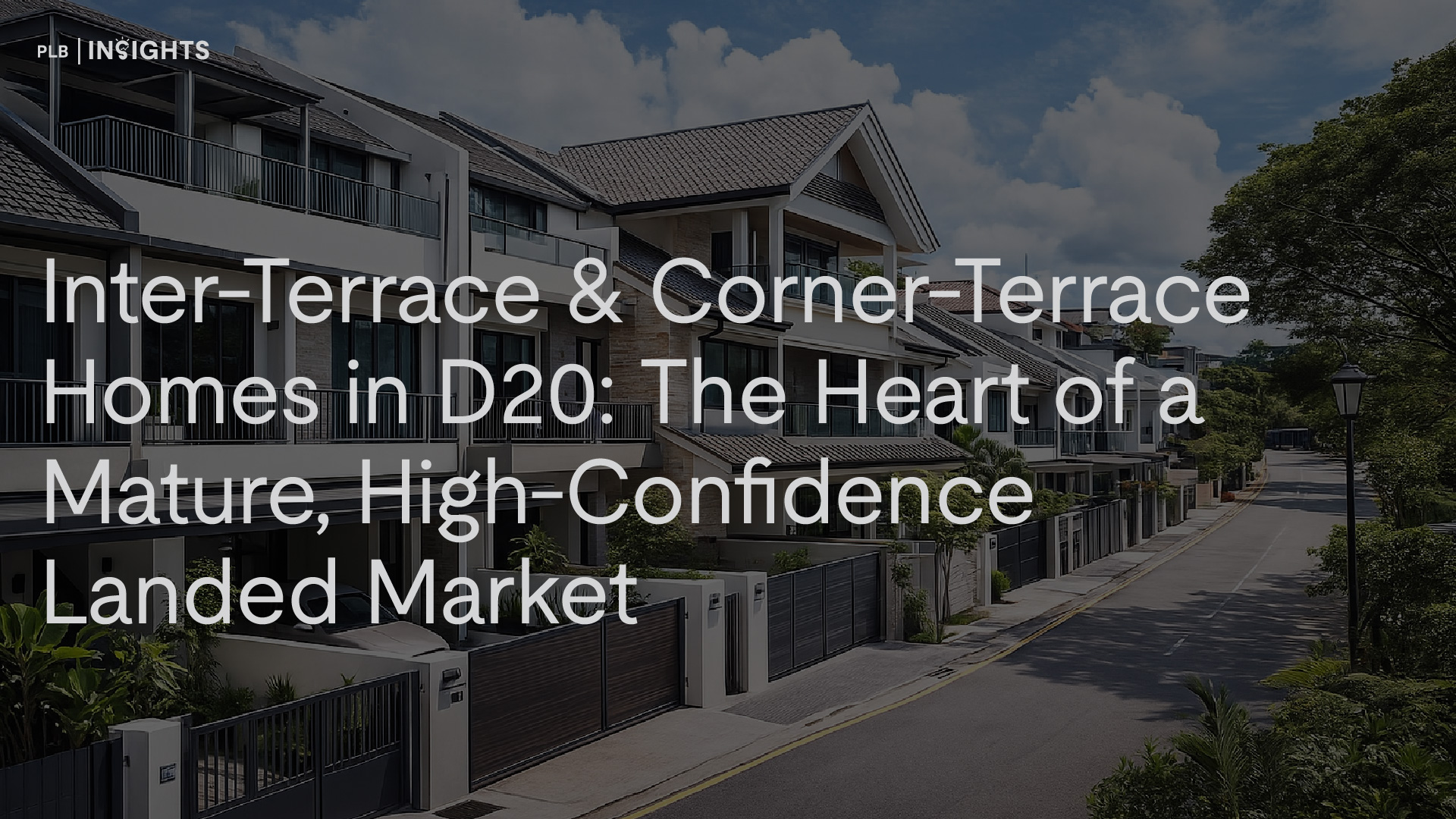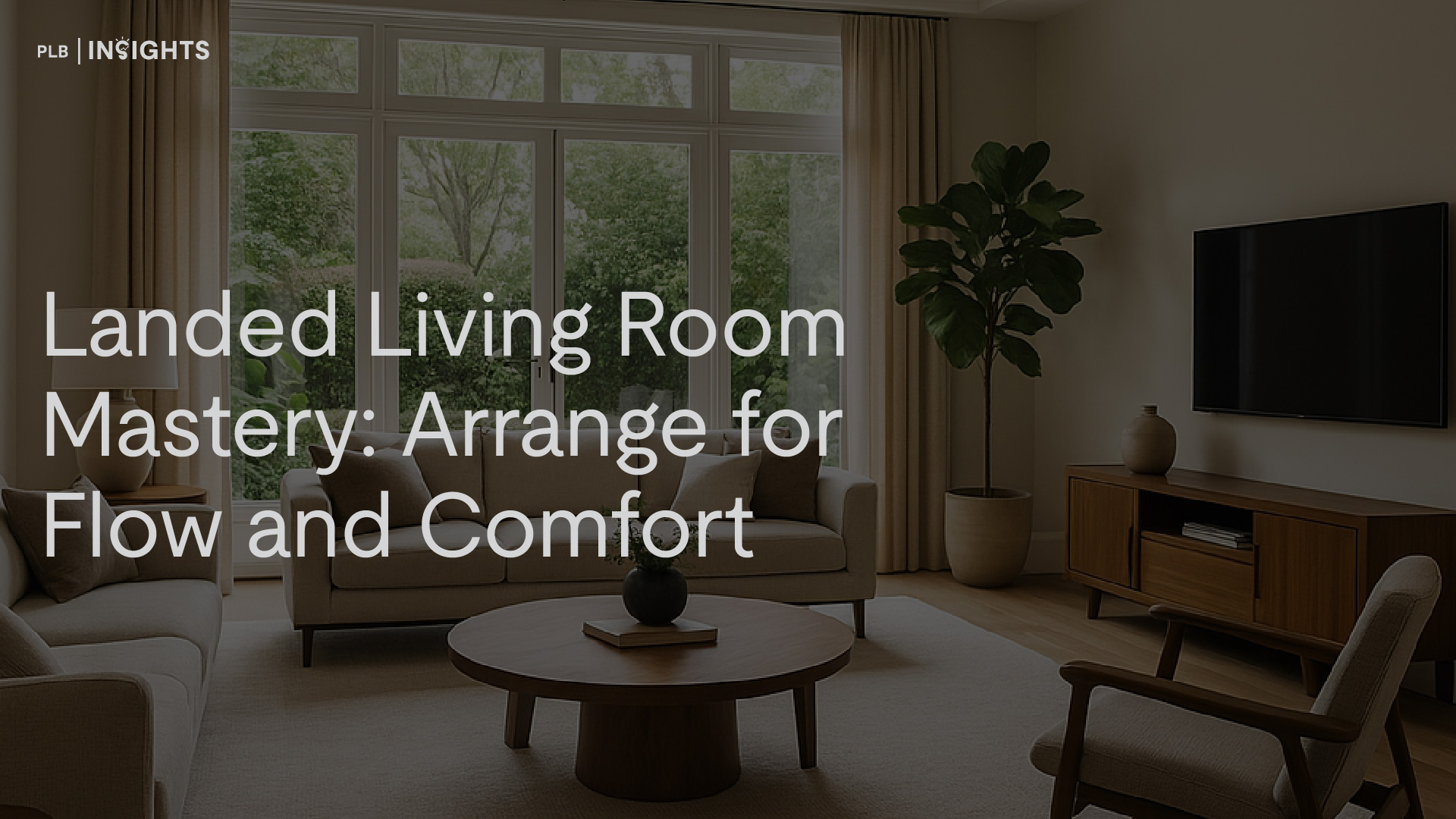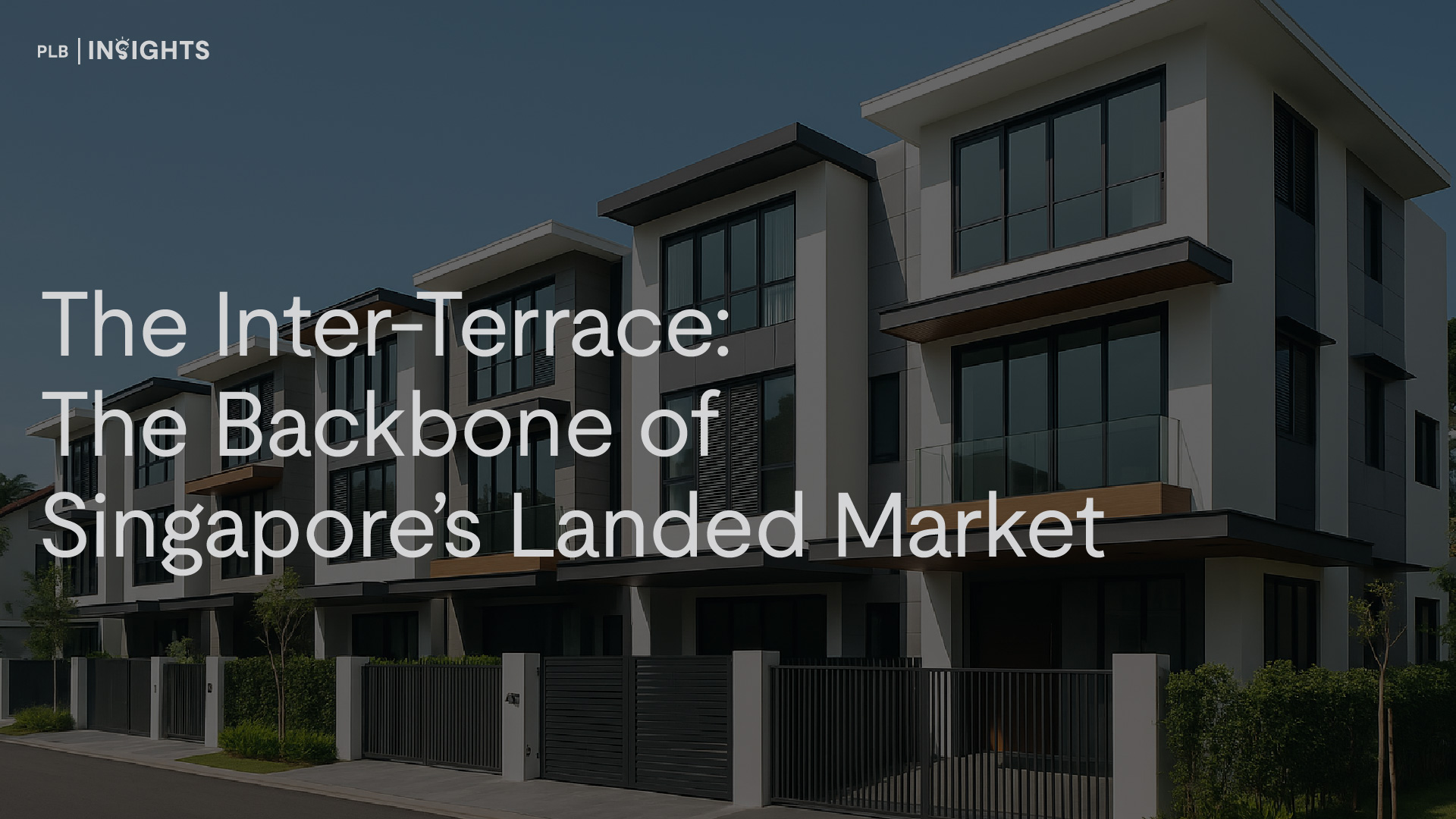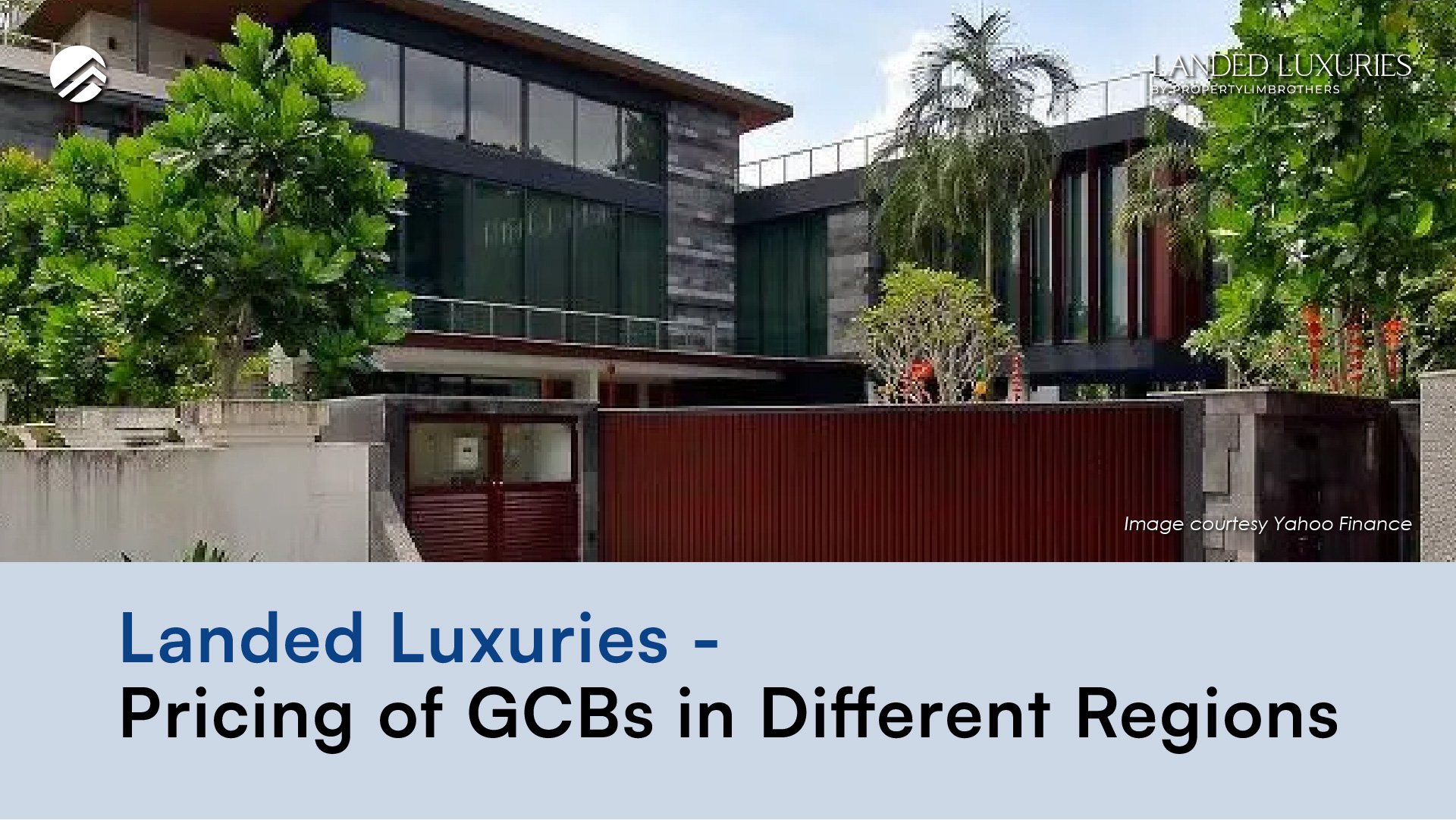
Good class bungalows, or GCBs in short, are one of if not the most exclusive and esteemed type of landed housing in Singapore and possibly in the whole of South East Asia. GCBs not only represent a symbol of prestige, but one may consider it the apex of the landed housing segment.
In a nation where “shoebox” apartments are the norm, and already commanding soaring prices, it is no secret that GCBs come with hefty price tags to the tune of tens and hundreds of millions of dollars, and what we would like to delve deeper into today is the price trends of GCBs in the different regions and districts of Singapore. Are there any similarities in price behaviours, do they all transact at a similar price quantum, or is there any price hierarchy across the different areas?
What are Good Class Bungalows?
To preface this article, we first have to understand briefly what exactly entails as a Good Class Bungalow.
There are several guidelines that differentiate GCBs from the usual bungalows in Singapore, such as site coverage and building setback. Without going too deep into the technicalities, there are two key parameters that may help you identify a GCB – Plot Size and Location.
Plot Size
As per the Urban Redevelopment Authority (URA)’s guidelines, for a bungalow to be defined as a GCB, it has to have a minimum plot size of 1,400 sqm (which translates to approximately 15,069 sqft), with a plot depth and width of 30 metres and 18.5 metres respectively.

Image courtesy URA
Location
However, not all bungalows with a plot size of 1,400 sqm or more are automatically classified as a GCB.
More importantly, it also has to be within the 39 gazetted areas set aside by the URA for GCBs (or otherwise referred to as Good Class Bungalow Areas (GCBAs) – this came on the back of the government’s efforts to preserve the environmental quality and low-rise character of these select areas.
GCBs can be found in Singapore’s Prime Districts, D10 and D11, along with the famous districts of D20, D21 and D23. Within these districts, GCBAs would include areas such as Chatsworth, Cluny Road, Ridley Park, and King Albert Park, to name a few.

High Profile GCB Transactions
If you have been following the news, you would have been aware of some of these recent headlining GCB transactions by prominent figures such as:
-
TikTok CEO, Chew Shou Zi – S$86million GCB at Queen Astrid Park
-
Razer CEO, Tan Min-Liang – S$52.8million GCB at Third Avenue
-
Grab CEO, Anthony Tan & family – S$40million GCB at Bin Tong Park
Coincidentally, most of them appear to be in technology-related businesses, including the buyer behind 2021’s record-breaking GCB transaction, a S$128.8million GCB, who happens to be the wife of Nanofilm Technologies’ founder.
It is evident that GCBs have been all the rage lately, consistently making news headlines, with buyers more than willing to shell out astronomical sums for them. That got us interested in learning how that has affected GCBs’ prices, and there is only one way to find out:
GCB’s Price Behaviour
Average $PSF (All GCBs)

As of 2021, the overall average $psf and price quantum for GCBs is $1,624 and S$34.9million, respectively.
1. Analysis of the past five years
We can see that the overall average $psf trend for GCBs in the last five years (2016 to 2021) across all 39 GCBAs has remained relatively stable with a gain of +7.13%, reflecting its attribute of being a good store of value and hedge against inflation.
2. Since the COVID 19 (year 2020)
In addition, we have noticed that even with the COVID’19 fall out in 2020, the overall average $psf of GCBs was not adversely affected – in fact, we still saw a very marginal gain +1.51% from end-2019 to end-2020. From there on, GCBs’ average $psf continued its upward momentum till the end of 2021 with an increase of +10.08%.
This phenomenon could be due to the low interest rate environment and the demand for large spaces stemming from Work From Home situations. It could also be attributed to the fact that buyers of GCBAs are ultra high networth and were largely unaffected financially by the pandemic. A case can be made that the upper class actually benefitted from the unfortunate event, which is unsurprising since they have financial liquidity to leverage on the pandemic through the stock market for example.
For the astute investors, the low interest rates offered by financial institutions was an excellent opportunity for them to buy into a valuable asset like a GCB at a significantly lower financing cost. With such a high price quantum, even a few percentage points difference in rates could mean hundreds of thousands of dollars in opportunity cost saved and for them to reinvest these monies into other asset classes.
Also, COVID-19 has accelerated the world into remote work (from home), and a GCB is able to provide the space that is highly sought after, especially in a nation that faces land scarcity.
Now that we have an idea of GCBs’ price behaviour as a whole let us now zoom into the individual districts, with categorisation into the Core Central Region (CCR) and outside of CCR (RCR & OCR).
Average $PSF (By Region)
1. CCR – Prime Districts D10, D11

Average $psf of GCBs (D10 vs D11)
As of 2021, the average $psf of GCBs in the CCR is $1,764, while its average price quantum is S$38.2million.
In the prime districts, it is apparent that D10 makes up the bulk of the transaction volumes, and that is unsurprisingly so, given that a significant portion of the GCB supply in Singapore are found within D10 and not to mention the highly coveted central location that this district has to offer.
In terms of 5-year $psf performance, D11 appears to have performed better than its D10 counterpart with a +30.02% gain versus a +11.52% gain respectively.

2. Outside CCR – Districts D20, D21, D23

Average $psf of GCBs (D20 vs D21 vs D23)
As of 2021, the average $psf for GCBs outside the CCR in D20, D21 and D23 is $1,206, while the average price quantum is S$25.0million.
For those with a keen eye for detail, you might have noticed that the transaction volumes in these regions are somewhat irregular, resulting in a challenge for one to conduct a fair comparison and analysis study.
For instance, for D23, there were only a total of 2 transactions recorded – 1 in 2016, and 1 in 2021 and might not be a good representation of the 5-year price behaviour of all GCBs in D23. Similarly, in D20, there were years (2016, 2017 & 2021) where there were no transactions recorded.
With that being said, there are some observations that we can make based on the limited dataset that we hold:
-
On a 5-year basis, D23 seems to be the best performer in terms of $psf (+25.24%)
-
D20 and D21, unfortunately, saw marginal losses of -2.54% and -2.63% respectively
-
In terms of transaction volumes, D21 has the highest number, followed by D20 and lastly, D23
Summary of Findings



Strong Demand, Limited Supply; Good Value Retention
Collectively, GCBs have returned a decent 7.13% over five years. Demand for GCBs has remained unabated over the years, and even with the COVID-19 fallout, we ironically witnessed a surge in demand amongst the affluent. One key attribute of GCBs is that their supply in Singapore is extremely limited, and there is no other real estate product that offers such an astronomical size in Singapore.
With land space being so scarce, we see a very low possibility of the number of GCBs increasing in the future. A supply cap coupled with ever-increasing demand would ensure that GCBs’ value would be retained or will appreciate in the years to come.
Since GCBs are also typically freehold in nature, it is no wonder investors hold GCBs in high regard as a sturdy investment choice during volatile times
Price Hierarchy amongst GCBs
There is a distinct difference in the average prices of GCBAs in the CCR vis-à-vis those that are outside of the core central region ($1,764 psf vs $1,206 psf).
As with the other property market segments, buyers of GCBs also appeared to be willing to fork out a premium for GCBs situated in a more central location – as evident from the higher $psf and price quantum in the CCR, and this thus gave rise to a price hierarchy of sorts amongst the different GCBAs.
GCBs in the CCR Remain a Hot Favourite
GCBs in the CCR seemed to have also been a better bet in the last five years in terms of appreciation potential. They have provided its owners with comparatively higher returns in terms of average $psf and absolute quantum (+12.90% and +S$8.3million).
GCBs in a Singaporean Climate
As GCBs are a rarity in Singapore, transactions do not occur as often and as much as other property types, say private non-landed properties, for example. Another difficulty that comes with assessing GCB transactions would be their heterogeneous nature – GCBs are a real estate product in a class of its own.
The difference in prices transacted could be due to factors that are specific only to the GCBs in question, such as the land elevation, plot shape, renovations done, and the condition of the homes.

While there are limitations in our study, we hope that this article has nonetheless provided you with some insights into the price behaviours of GCBs.
In a place like Singapore, where real estate investments have proved to be a good option for wealth preservation, as well as for retirement and legacy planning, the future for GCBs which come with scarcity value and a tag of prestige, appears to remain promising.
As a matter of fact, in a research conducted by Savills, the disparity between the GCB price index and other property segments have been widening over the years. There is no doubt about it; GCBs are in a class of their own, and will likely continue to be.
Ultra high networth clients will undoubtedly look towards purchasing the miniscule supply of GCBs that is left as a form of real estate investment. Not only does such a move afford you the luxury and prestige that comes with owning such an address. While owners enjoy the luxury of staying in such a coveted property, their property doubles as a form of wealth preservation , hedging against inflation. It is very much akin to being paid to live in luxury!
While GCBs maybe out of most budget ranges, a conventional landed property or even penthouses in the heart of Singapore can offer an unparalleled level of luxury.
If you’re on the lookout for luxury homes, or looking to sell off your luxury home, feel free to get in touch with the PropertyLimBrothers team, and we will always be happy to help. Take care, and do keep a lookout for our next article!


